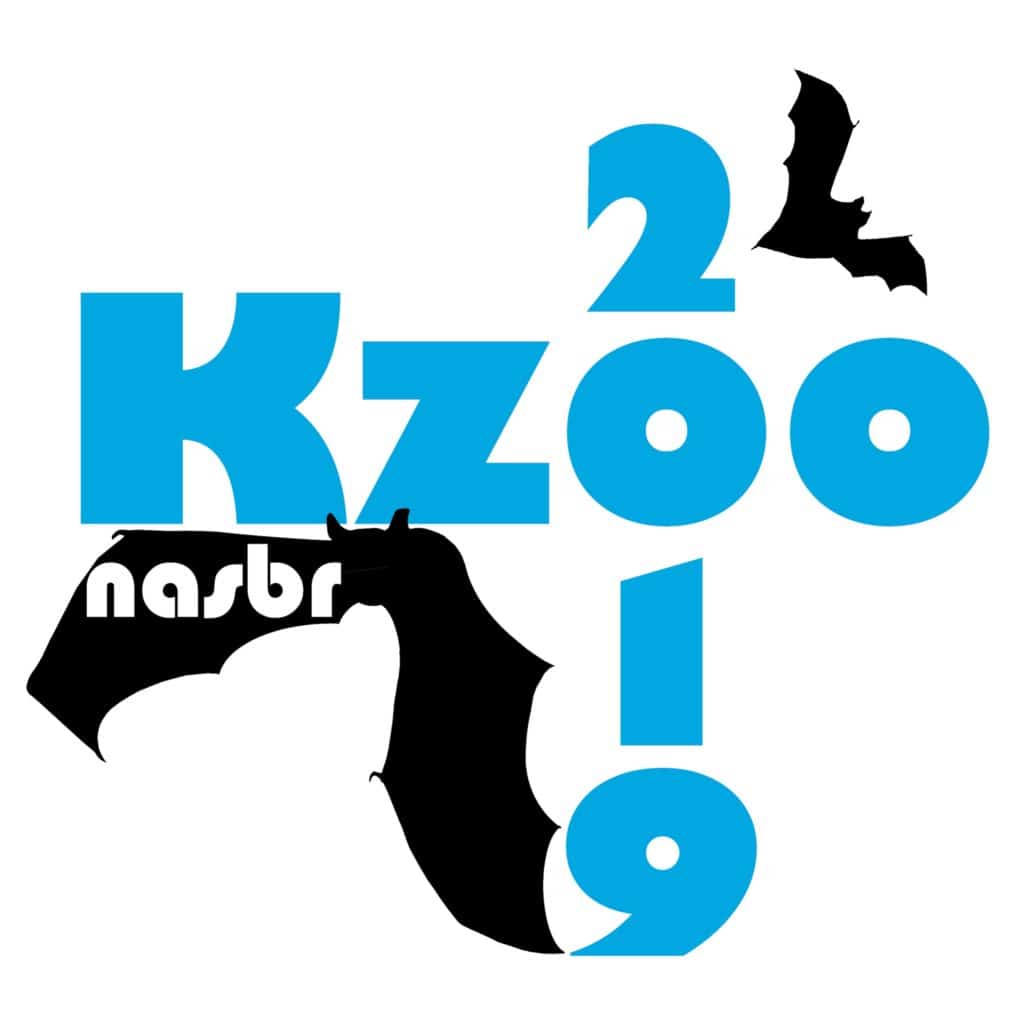Challenging torrential rains countered by cooperative bats in Costa Rica
Merlin and MTBC team members spent 19 days in Costa Rica last November on a filming trip for “Bat City” with its Director and Emmy

The 49th Annual North American Symposium on Bat Research was held in Kalamazoo, Michigan on October 23-26, 2019. It was hosted by Amy Russell and Maarten Vonhofm amidst a quintessential Midwestern autumn. There’s no better place to keep up with the latest bat research technologies and discoveries or for graduate students to explore career options. Many of the researchers attend every year, developing lasting friendships and invaluable networking opportunities. Not surprisingly, this is Merlin’s favorite group. He hasn’t missed a meeting in 49 years. This year, Merlin joined Brock and Sherri Fenton and Price Sewell in presenting an enthusiastically received pre-conference workshop on bat photography.
Merlin especially enjoys opportunities to encourage students in conservation-related careers and takes great pride in the achievements of those he has helped. Four joined Merlin for the organization’s annual “Lunch with a Mentor” program to discuss career path choices, conservation interests, and of course, to hear a few of Merlin’s wild adventure stories. They also got a perspective from Teresa who sat in on the meeting. (Check out Advice for Young People Interested in Science and Conservation)
Many attendees were happy to share insights on the needs of bats. Through his 60 years of experience Merlin of course has many to share. He is increasingly concerned that many of today’s bats have lost preferred habitats and are often barely surviving in marginal conditions, especially those required for hibernation. Such bats can be highly misleading when their choices mistakenly are assumed to represent true needs, leading to inappropriate conservation measures. He was encouraged to see rapidly growing awareness of the futility of stopping or curing white-nose syndrome (WNS). He praised growing efforts to reduce disturbance and restore hibernation conditions key to recovery. Where ideal caves have been protected from disturbance and restored to meet bat needs, signs of stabilization and recovery are increasingly reported. Merlin believes that the severity of WNS losses has been exacerbated by already existing stresses that reduced the energy reserves required to survive lengthy hibernation. He notes that many bats have lost traditionally critical hibernation caves, increasing both the cost of hibernation and migratory travel. Food resources and summer roosts are also in decline. And disturbance during hibernation has greatly increased at a time when bats can least afford it.
Looking forward to next year’s 50th NASBR in Arizona, see y’all there!
Love our content? Support us by sharing it!
Merlin and MTBC team members spent 19 days in Costa Rica last November on a filming trip for “Bat City” with its Director and Emmy
“Just like the old days, eh Heather?” Kent softly clicks his tally counter as he sits in his folding chair on the other side of
Bats can use sounds in many complex ways. They can sing and even have different dialects… When imagining a bat, the first thoughts that come
It was a long road to Austin, Texas. More than five years after my first introduction to Merlin Tuttle’s Bat Conservation as a teenager, I packed
2024 © Merlin Tuttle’s Bat Conservation. All rights reserved.
Madelline Mathis has a degree in environmental studies from Rollins College and a passion for wildlife conservation. She is an outstanding nature photographer who has worked extensively with Merlin and other MTBC staff studying and photographing bats in Mozambique, Cuba, Costa Rica, and Texas. Following college graduation, she was employed as an environmental specialist for the Florida Department of Environmental Protection. She subsequently founded the Florida chapter of the International DarkSky Association and currently serves on the board of DarkSky Texas. She also serves on the board of Houston Wilderness and was appointed to the Austin Water Resource Community Planning Task Force.
Michael Lazari Karapetian has over twenty years of investment management experience. He has a degree in business management, is a certified NBA agent, and gained early experience as a money manager for the Bank of America where he established model portfolios for high-net-worth clients. In 2003 he founded Lazari Capital Management, Inc. and Lazari Asset Management, Inc. He is President and CIO of both and manages over a half a billion in assets. In his personal time he champions philanthropic causes. He serves on the board of Moravian College and has a strong affinity for wildlife, both funding and volunteering on behalf of endangered species.